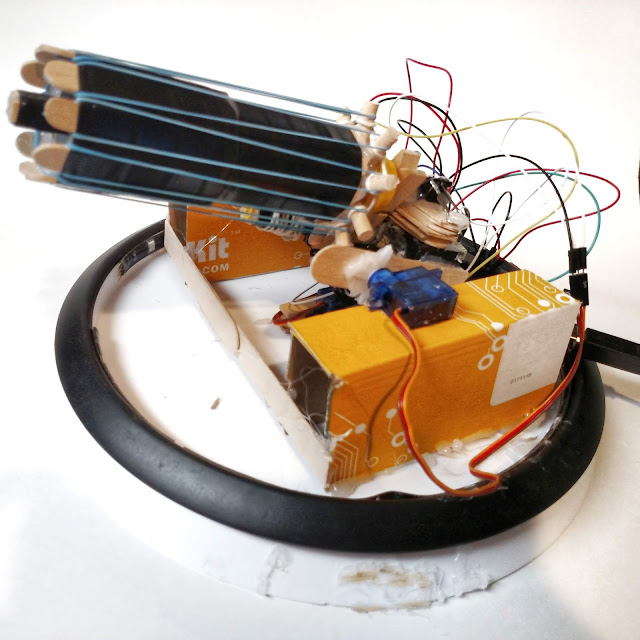Mini Acoustic Levitation

Acoustic levitation is made possible through the fact that sound behaves as a wave. When two sound waves intersect each other, they can either constructively or destructively interfere with each other. (This is how noise-canceling headphones work) This project uses an ultrasonic distance sensor to create a levitation effect. This works by creating "pockets" where two opposing sound waves interfere with each other. When an object is placed in the pocket it will stay there, seemingly hovering in place. Materials needed: Arduino board: https://amzn.to/2DLjxR2 H-bridge: https://amzn.to/2DXFw7y Distance sensor: https://amzn.to/2PSbJU2 Breadboard: https://amzn.to/2RYqiSK Jumper wires: https://amzn.to/2Q7kiKc Diode: https://amzn.to/2KlYMf8 Capacitors (Maybe): https://amzn.to/2DYnCla Original project from Make Magazine by Ulrich Schmerold. Step 1: Get Ultrasonic Transmitters You will need to sacrifice a distance sensor for this step

